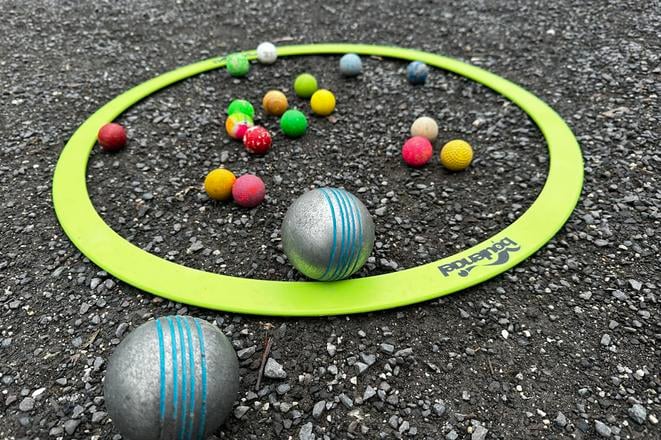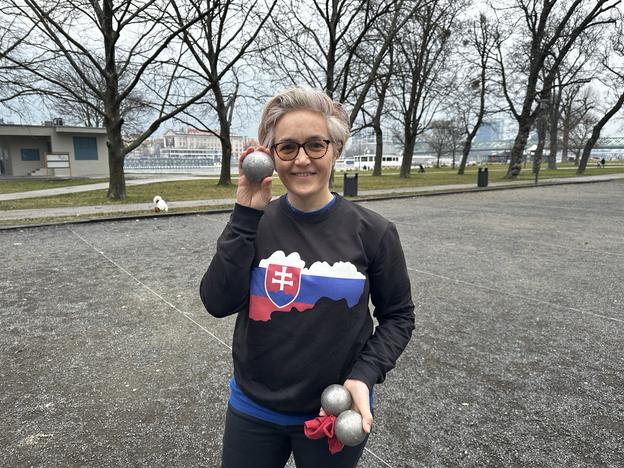Stand straight, keep your feet together, concentrate, and throw the metal ball - these are the four simple instructions that Jana Lazarová gives to anyone trying to play pétanque, also called boules in French, for the first time.
For Lazarová, the former president of Slovakia’s pétanque federation and a certified pétanque coach, the sport, whose origin goes back to the early 20th century in the south of France, is unique because she believes that anyone can play it. She discovered the game during a trip to a French monastery.
“You can take a lot of positives from it,” she also notes.
Last year, she opened a children’s pétanque club in Šamorín, a town of 14,000 near the Slovak-Hungarian border, to help kids with concentration and coordination. Initially, ten children signed up. Today, there are more than double that number.
“For such a small town, where no one knew what pétanque was, this is a lot,” she tells The Slovak Spectator. At the club, children play with plastic balls filled with sand, which are made according to a special French technology.
But she points out the sport is more than just a hobby for amateur enthusiasts, and skills at professional level are very high.
“You need to know different tactics and be able to apply them to succeed,” Lazarová says.


 Pétanque balls. (source: Tamara Zinchenko)
Pétanque balls. (source: Tamara Zinchenko)
 Jana Lazarová. (source: Tamara Zinchenko)
Jana Lazarová. (source: Tamara Zinchenko)